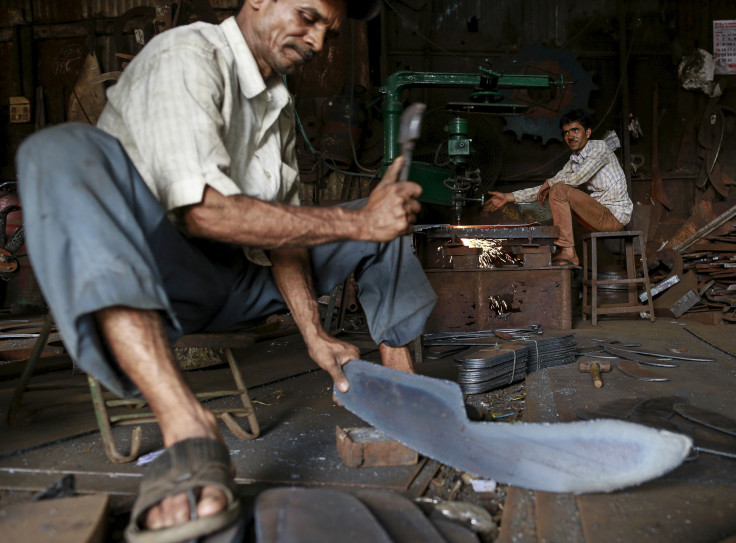India’s Economy Grew 7% In April-June Quarter, Government Data Show

India released its latest growth data Monday, showing that Asia's third largest economy continued its strong growth during the first quarter of the current fiscal year.
India’s gross domestic product (GDP), which the government now measures based on market prices, in line with the practice in developed economies, grew 7 percent in the three months ended June 30, compared to the same period in the previous fiscal year that ended March 31.
“While external factors have gained significance for the Indian GDP, by and large, the Indian story is still driven by domestic demand," Sunil Kumar Sinha, principal economist at India Ratings & Research, told International Business Times in a telephone interview.
The ratings agency was expecting a growth rate of 7 percent for the first quarter of the current fiscal year. Economists polled by Reuters and Bloomberg reportedly expected the quarterly growth rate to be at 7.4 percent. For the full year, ending March 31, 2016, Sinha expects India to grow by 7.7 percent.
Manufacturing, trade, hotels and transport and communication, and services related to broadcasting and financial, insurance, real estate and professional services, contributed to growth in the first quarter, India's Ministry of Statistics and Program Implementation said in a news release on Monday.
In January, India switched to measuring its economic growth based on market prices, with the fiscal year 2011-2012 as the base period. Under this method, India’s GDP grew 7.3 percent for the year ending March 31, the government’s Central Statistics Office said in a release on May 29.
In the first three months of the calendar year 2015, India’s growth, reckoned by the new method, surpassed that of China’s economy. And the slowdown in China and falling oil prices are being seen by many as an opportunity for India to push through tough but much-needed reforms.
Action on the ground, however, has been painfully slow. Prime Minister Narendra Modi said over the weekend that the government will allow an ordinance on land acquisition to lapse Monday, and incorporate various points to reform the rules.
The government is looking to amend land rules to make it easier to find land for several pending infrastructure projects, so they can be expedited. Opposition campaigning, calling the changes -- including doing away with the social impact study, required under existing rules -- as “anti-farmer,” has helped stall the changes.
However, economists such as Sinha accept delays as part of doing things in a democracy. “The only signal we should not send, is that there is a deadlock,” he said.
“All that we have been talking about, whether it is land reforms, or tax reforms, ease of doing business, if we get our act together and start delivering on the ground, then we will remain an attractive destination,” he said.
Correction: This story originally mentioned that India's GDP grew by 7.1 percent according to the new method of calculation. The correct figure is 7 percent and the story has been updated.
© Copyright IBTimes 2024. All rights reserved.





















